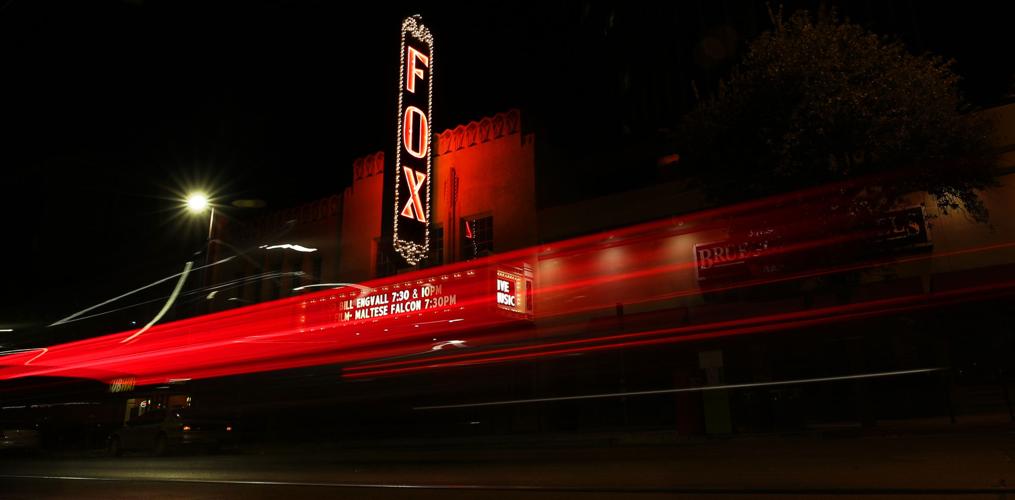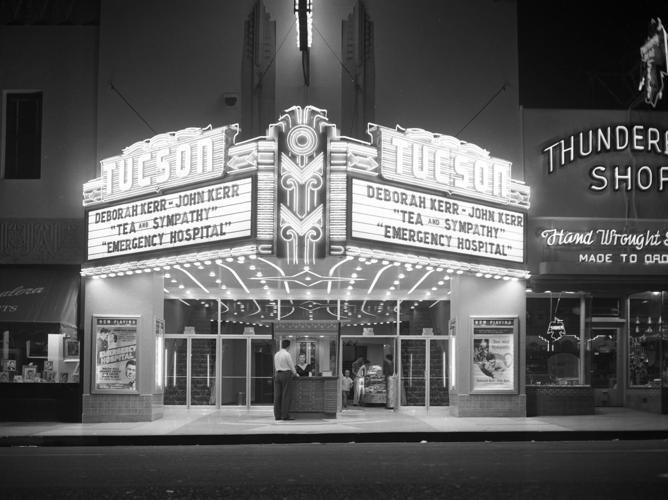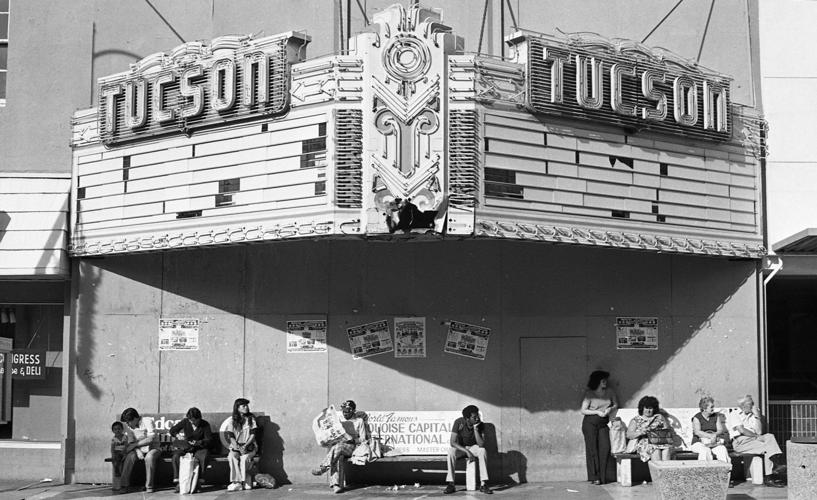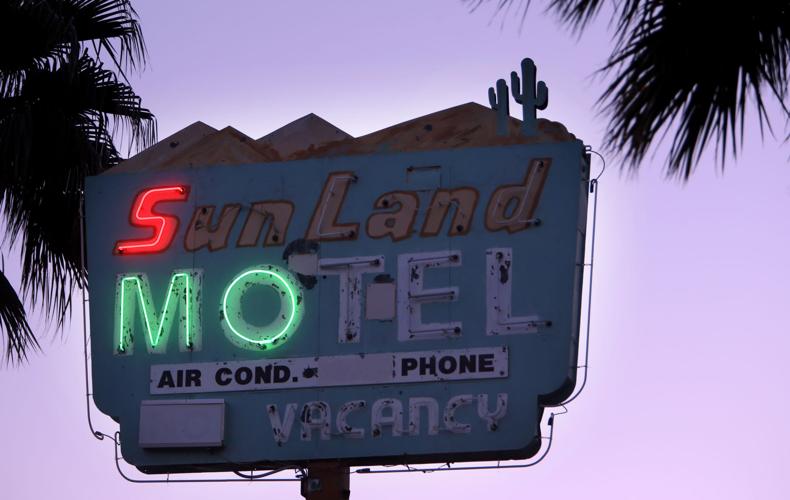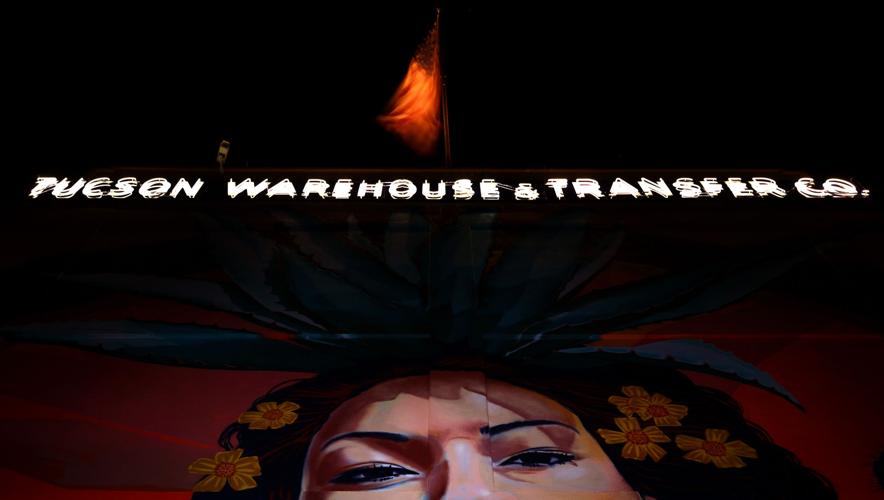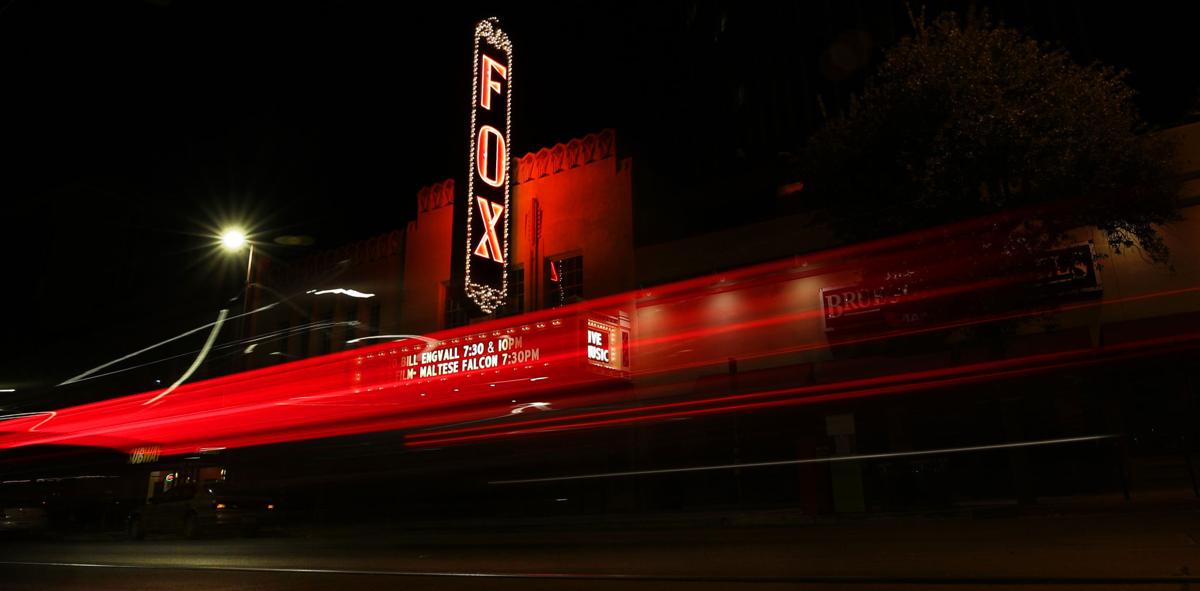Arizona Daily Star photographer Kelly Presnell revisited neon signs that dot the landscape in Tucson. Many are a throwback to a time when a handful of longtime restaurants, hotels and bars served a smaller city. Some of the signs are barely hanging on today. Some have been lovingly restored to their former glory. Regardless, there's no way to duplicate the feel of neon when the sun goes down.

The Fox Tucson Theatre after an $80,000 remodeling that included a box office and an all glass front in Oct, 1956. The theatre opened in 1930 and was the crown jewel of downtown Tucson.

The Fox Theatre closed in 1974, suffering the decline of downtown Tucson along with several major retailers and restaurants. It was empty for 25 years until the Fox Tucson Theatre Foundation purchased the building for $250,000 in 1999.

The partially operating sign for the Sun Land Motel, 465 W Miracle Mile, Tucson on April 4, 2017. Formerly known as part of Oracle Road, Miracle Mile connected old U.S. 80, the Casa Grande Highway, to the Florence Highway (Oracle Road), before Interstate 10. Motor court hotels enticed travelers for a rest and maybe a dip in the pool during the long journey across the desert in post-war Arizona. Real estate developed Stanley Williamson coined the term "Miracle Mile" for that segment of roadway in 1936. It stuck and the city council adopted the street name in 1960.

The lighted portion of the Tucson Warehouse & Transfer Co. neon sign, in the building that now houses Benjamin Plumbing & Supply, Tucson, on May 17, 2017. Mural artist Rock Martinez adorned the building with the "Goddess of Agave," modeled after his girlfriend.

The neon sign for The Alamo Apartments, 733 S. Stone, Tucson, left, and the decorative stars over the Crescent Tobacco Shop & Newsstand sign, 200 E. Congress.


